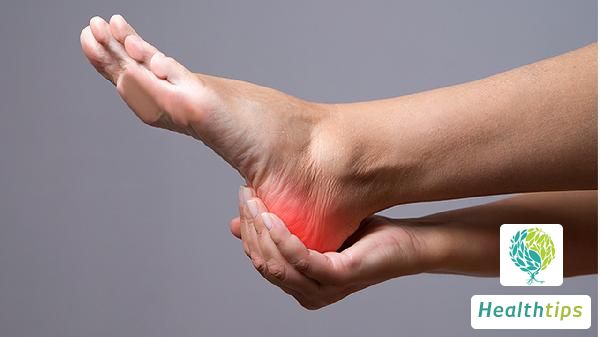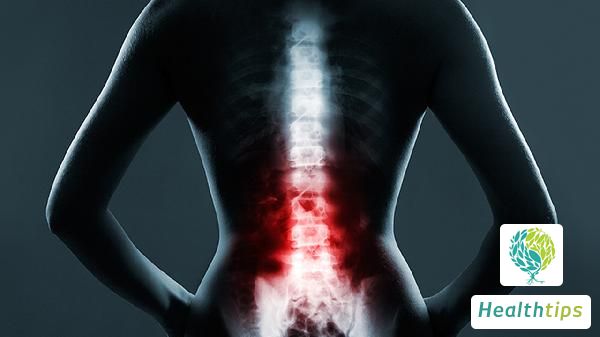"What Symptoms Indicate Thoracic Vertebra Hyperosteogeny?"
Thoracic Vertebra Hyperosteogeny Symptoms and Precautions
Thoracic vertebra hyperosteogeny, a prevalent condition primarily affecting middle-aged and elderly individuals, as well as those engaged in heavy physical labor for extended periods, can manifest diverse symptoms and pose significant health risks. These symptoms may encompass movement difficulties and chest tightness. Let's delve into the symptoms and precautions associated with thoracic vertebra hyperosteogeny.

I. Symptoms of Thoracic Vertebra Hyperosteogeny
Thoracic vertebra hyperosteogeny, a common bone hyperplasia manifestation, may initially be asymptomatic, rendering diagnosis challenging without radiological examination. Symptoms can evolve from stiffness upon head rotation to back pain, chest tightness, dyspnea, and palpitations. In severe cases, it may lead to dizziness, loss of balance, and sudden falls. Beyond thoracic discomfort, symptoms may also manifest in the lower limbs, such as chest tightness and difficulty lifting legs. Additionally, localized symptoms may arise in other hyperosteogenic areas, characterized by difficulty moving against natural directions and even pain. Notably, bone hyperplasia symptoms are generally unaffected by weather changes, though patients with long-term or severe bone disease may experience increased discomfort with temperature fluctuations.
II. Precautions for Bone Hyperplasia
1. Avoid Vigorous Joint Activities: Bone hyperplasia involves bone growth around joints and joint surface hardening, accompanied by synovial tissue inflammation. This can result in pain, swelling, and limited joint mobility. Vigorous joint activities exacerbate inflammatory lesions, causing localized congestion and swelling. In severe cases, bone growth can hinder joint movement, leading to joint dysfunction or even deformity. Forcing joints into vigorous activities can cause further damage and complicate the condition.
2. Avoid Heavy Lifting: Bone hyperplasia patients experience reduced joint surface pressure tolerance due to bone growth and hardening. Heavy lifting increases joint surface pressure, exacerbating joint damage and impeding treatment.
3. Avoid Exposure to Cold, Dampness, and Wind: These elements are significant triggers for bone hyperplasia. Many patients report prior exposure to cold, wind, rain, or prolonged stays in damp environments before symptom onset. Cold stimuli intensify pain, constrict local blood vessels, and impair blood flow to affected areas, worsening the condition.



















